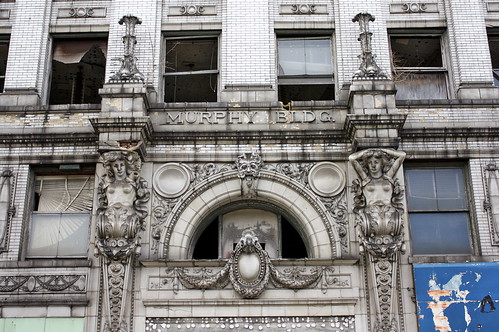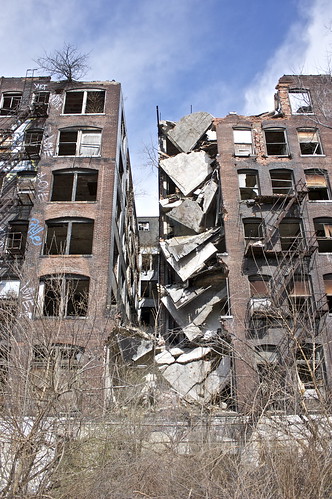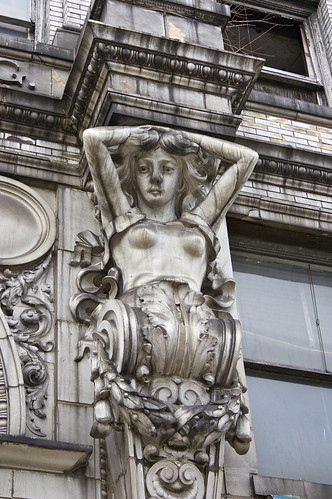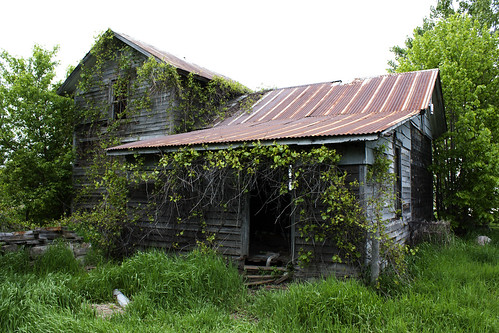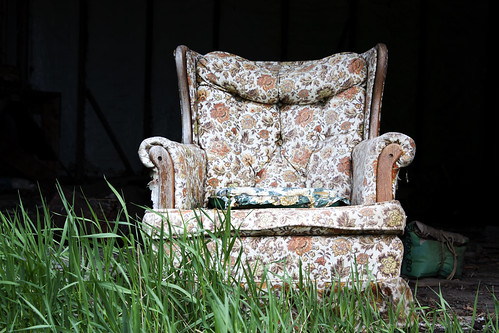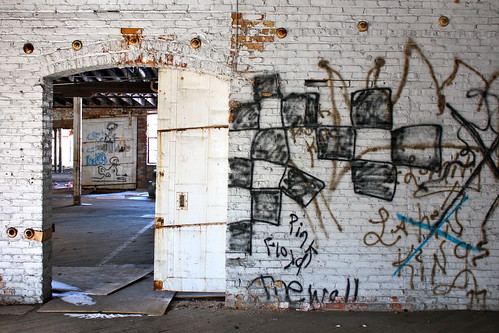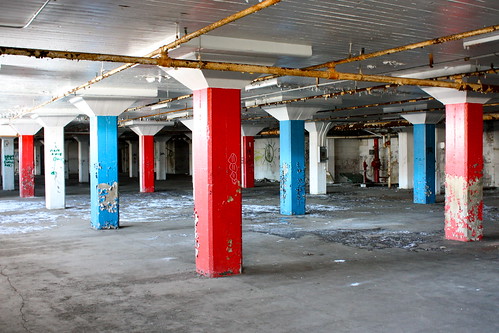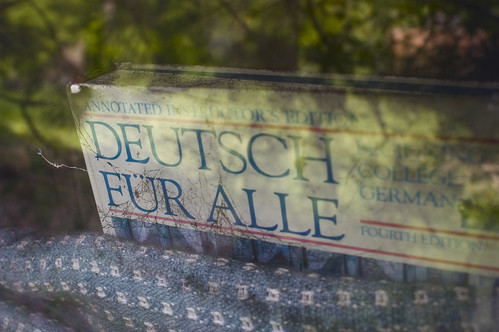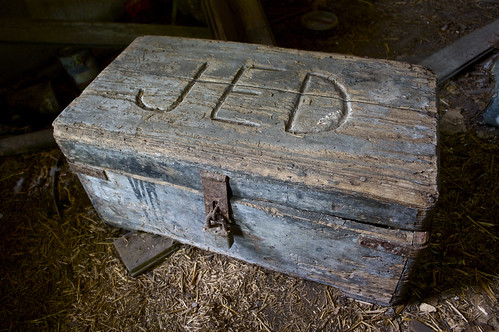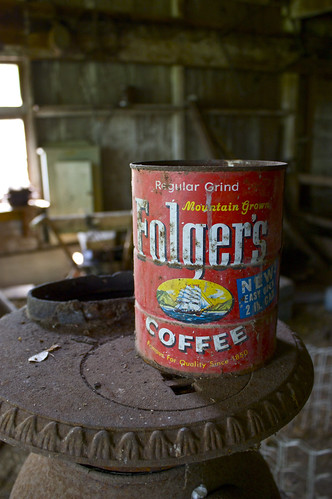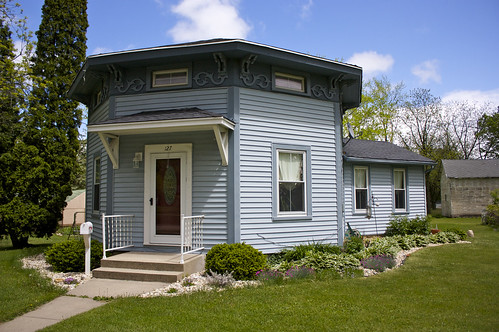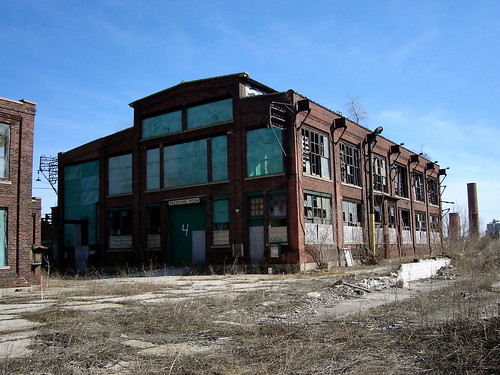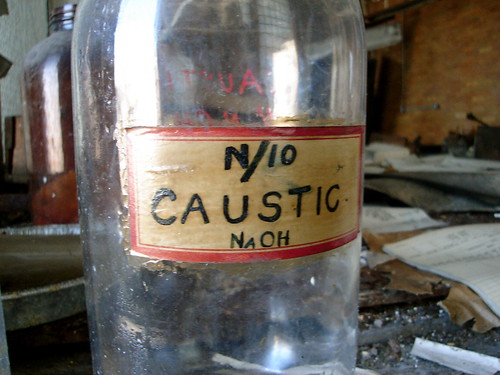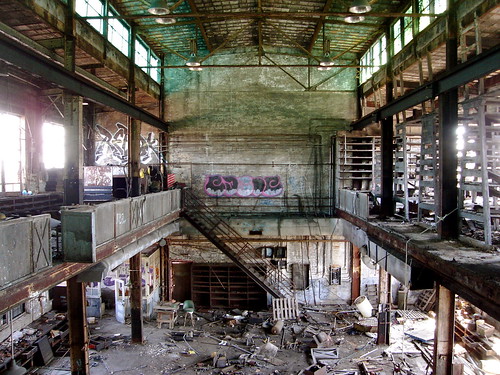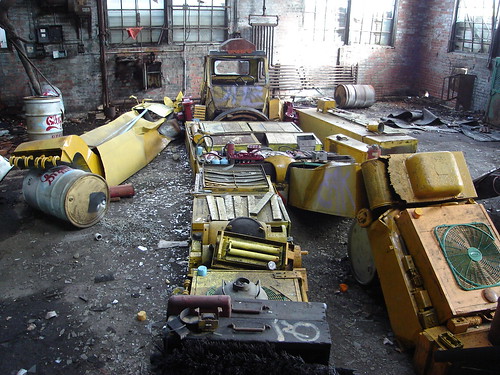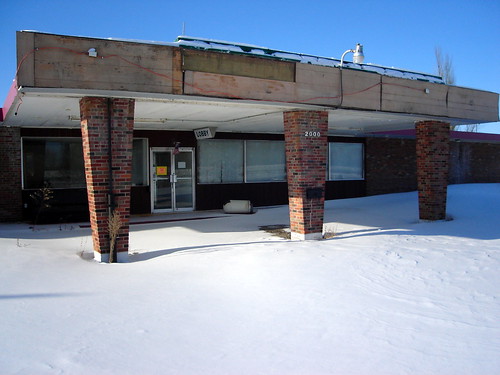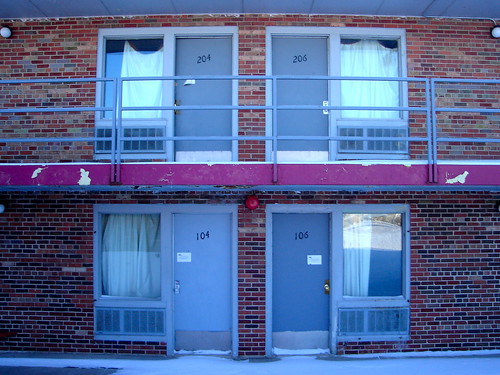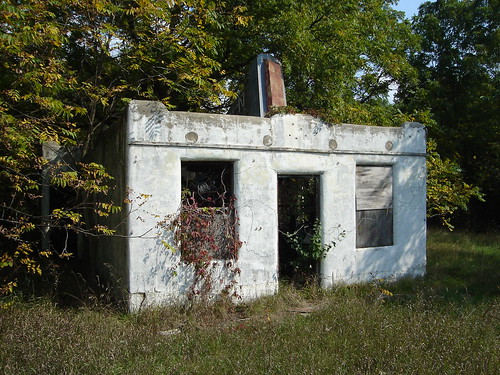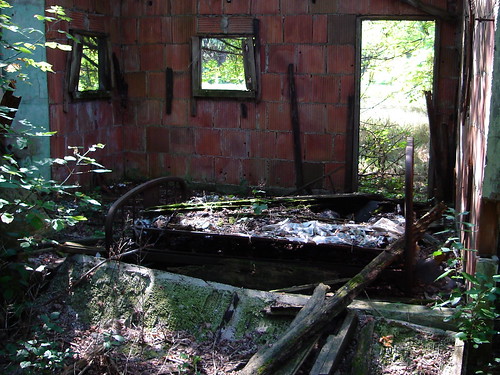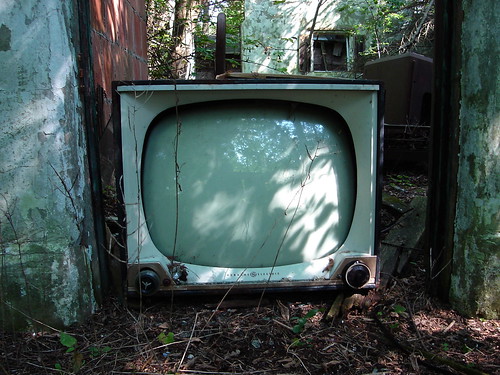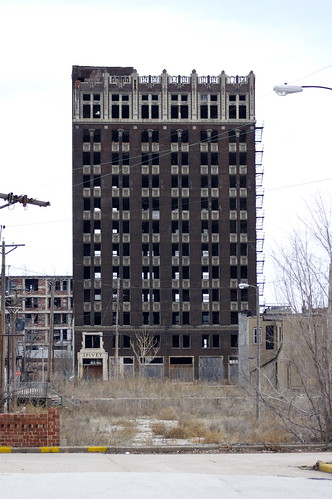
Whenever you mention that your driving into St. Louis, Missouri people reflexively joke, “Don’t get off the highway too early. You don’t want to end up in East St. Louis.” My natural response is “Why?” The answer people give to that question is that the city is riddled with crime, it looks dirty and there is a good chance you’ll get shot. I then ask if they have ever actually set foot in East St. Louis and predictably the answer is “no.”
If you take 55 into St. Louis, Missouri you have to pass through East St. Louis, Illinois. Because the highway has to span the mighty Mississippi River it goes up quite high. On the road the most notable structure in East St. Louis is a lone 13-story building towering over all the rest. This is the Spivey Building, which in many ways embodies the history of East St. Louis.

Allen Spivey constructed the building in 1929 that bears his name. The Spivey Building was meant to be a symbol of prosperity in the growing wealthy city of East St. Louis. At the time the location was prime real estate. It was located in the very heart of downtown, stood next to a theater, and was a short distance away from all the major shopping venues. Jobs in East St. Louis were plentiful, cars were beginning to fill the streets, and East St. Louis was home to about 75,000 people with money to spend. The city would peak at just over 82,000 residents according to 1940 census data.
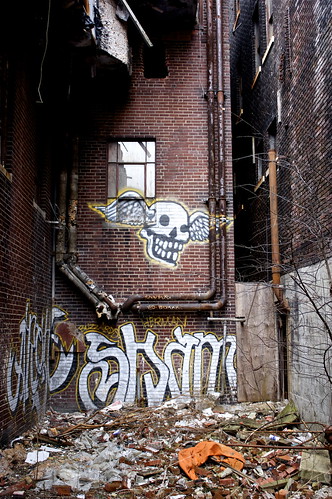
Despite Spivey’s high expectations for East St. Louis, the tides of fortune took a turn for the worse. A combination of of racial tensions in the mid-1900’s, white flight, corrupt politicians, manipulative corporations and dwindling tax base turned East St. Louis into what it is today. The Spivey Building was caught in the middle of it all.
The perimeter around the building is fairly secure. Sources who have been inside say that there isn’t much that remains. Vandals have long made off with anything of value. Talks of renovating the building have gone all but nowhere.
When I think of the Spivey Building, I cannot help but be reminded of Langston Hughes’ poem entitled “Dream Deferred.”
What happens to a dream deferred?
Does it dry up
Like a raisin in the sun?
Or fester like a sore–
And then run?
Does it stink like rotten meat?
Or crust and sugar over–
like a syrupy sweet?
Maybe it just sags
like a heavy load.
Or does it explode?
Research Links:
Ecology of Absence – The Spivey Building: The Death of a Dream?
Ecology of Absence – Spivey Building Secured, Damaged
STL Streets – Video inside the Spivey Building
Built St. Louis – Photos of the Spivey Building
Sketching St. Louis – Artistic rendition of the Spivey Building
Time – 1989 article on East St. Louis
Urban St. Louis – 2005 article about the building’s demolition
Emporis – Spivey Building
4th of July on top of Spivey
Wikipedia – East St. Louis
